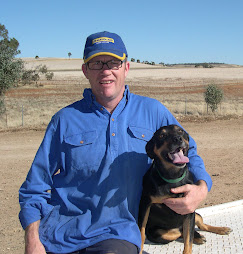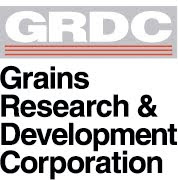Large Numbers of Oil Rigs Scattered Across The Prairies
Cindy & Alan are running some joint projects looking at carbon in long term trials throughout Manitoba & saskatuan. In these trials looking at rotations with conventional tillage, zero till and prairies (long term perennial pasture). Overall there were small incremental increases in carbon in the zero till soils over the conventional. The main differences were more of a function of Nitrogen so as there is an increase of nitrogen applied , this has the effect of increasing biomass and therefore increasing carbon. The degraded soils with low stability had the highest potential for increasing carbon.Another trial was focused on high input , low input and organic. The difference in the inputs was based on energy input where the high input plots had high cultivation so needed more chemicals and fertilisers also. The organic system failed quickly as the weeds took over the plots and more cultivations were needed but in crop with multiple germinations they could not be controlled. Cindy said that the organic may work under a long term lucerne rotation. For example: three years of lucerne with grazing, then one year of crop. The decision for the following year to grow another cash crop would be based on weed populations.
In the trials the microrhizal colonisation was greater in the zero till plots, and combined with the increase in carbon this improved the soil stabilization and structure. This was one of the main findings.
AMF's Hyphae Invading Corn Root
Looking at the overall performance of retaining stubble it has the effect of increasing both carbon and nitrogen that will feed the microbes but this needs to be regularly replenished as although the levels are more in flux, the overall better yields will remove these from the soil and need to be replenished. The rate of decomposition has a direct relation to the percentage of nitrogen. The higher the nitrogen the quicker the decomposition.






No comments:
Post a Comment